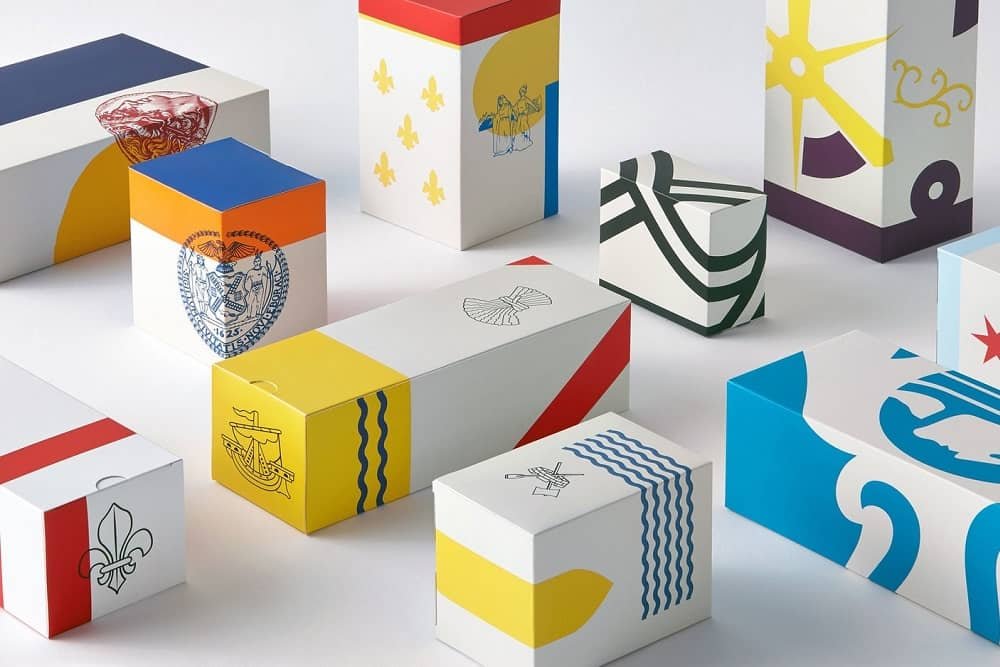Packaging design is undergoing a revolutionary transformation, driven by the rapid development and adoption of innovative materials. As sustainability, performance, and brand differentiation become increasingly vital, packaging professionals are rethinking traditional approaches. The shift is not just about aesthetics—it’s about functionality, efficiency, and environmental responsibility. One of the most significant enablers of this change is the availability of advanced packaging engineering services that help bring these innovative materials into real-world applications.
The Growing Demand for Sustainable Packaging
Sustainability is one of the leading factors influencing material innovation in packaging today. Consumers are more environmentally conscious than ever, and brands are responding by seeking packaging solutions that reduce their environmental footprint. This includes:
Biodegradable Materials
Compostable and biodegradable packaging materials derived from cornstarch, sugarcane, or mushroom mycelium are gaining popularity. These materials break down naturally, helping reduce landfill waste and the use of fossil-fuel-based plastics.
Recyclable and Reusable Options
Recyclable mono-material packaging and reusable designs are becoming staples across industries. These materials help reduce the environmental burden and align with circular economy principles.
Smart Materials for Enhanced Performance
Innovative packaging materials aren’t only sustainable—they’re also smarter. Material science is enabling packaging that can interact with the product, environment, or consumer in unprecedented ways.
Temperature-Sensitive Films
Materials that change color based on temperature can indicate if a product, such as food or pharmaceuticals, has been stored correctly. These smart films enhance safety and quality control.
Oxygen and Moisture Barriers
Advanced barrier materials are now being developed with nanotechnology to better preserve perishable products. These materials help extend shelf life and reduce food waste.
Lightweighting: Efficiency Meets Sustainability
Lightweight packaging materials offer dual benefits: they reduce shipping costs and carbon emissions while maintaining product protection. Advanced polymers and composite materials are leading this trend.
Flexible Packaging
Replacing rigid containers with flexible pouches and films is an effective lightweighting strategy. These materials are not only lighter but also require less energy during production and transportation.
Structural Redesigns
Innovative materials allow for new structural designs that use less material without compromising strength. This results in less waste, lower costs, and improved sustainability metrics.
Bio-Based Plastics and Alternatives
The development of bio-based plastics represents a significant step toward reducing dependency on petroleum. These plastics are made from renewable resources and can often mimic the properties of traditional plastics.
PLA and PHA Plastics
Polylactic acid (PLA) and polyhydroxyalkanoates (PHA) are two promising bioplastics derived from plants or microorganisms. They are compostable and offer a more sustainable solution for food packaging and disposable containers.
Edible Packaging
While still in early stages, edible packaging materials made from seaweed or rice paper are showing promise in reducing waste in the food and beverage industry.
Innovations in Aesthetic Design
Materials innovation isn’t just about function—it also transforms form. Brands are leveraging new materials to stand out on shelves and enhance customer experience.
Textured and Sensory Surfaces
Advanced printing and coating technologies allow for tactile surfaces that engage the senses. Textured packaging can convey luxury, sustainability, or innovation, depending on the brand’s message.
Transparent and Minimalist Materials
Clear materials with minimal print give consumers a direct look at the product while signaling honesty and simplicity. These designs are popular in food, beauty, and wellness sectors.
Challenges and Considerations
Despite the advancements, there are still challenges in adopting innovative materials:
- Cost: Cutting-edge materials often come with a higher price tag.
- Scalability: Some materials work well in small batches but are difficult to scale.
- Infrastructure: Recycling and composting facilities must evolve to accommodate new materials.
This is where professional packaging engineering services become essential. These services ensure that material innovations are effectively translated into scalable, efficient, and market-ready packaging solutions.
The Future of Packaging Design
The next decade promises even more disruptive changes in packaging design, as material scientists, engineers, and sustainability experts continue to push the boundaries. We can expect to see:
- Increased Use of AI and Data: To optimize material selection and performance.
- Personalized Packaging: With materials that adapt to specific user needs or behaviors.
- Full Circular Systems: Packaging designed with reuse and regeneration in mind from the start.
Conclusion
The future of packaging design is undeniably material-driven. From biodegradable alternatives to intelligent barriers and minimalist aesthetics, innovative materials are shaping a new era of packaging that is smarter, more sustainable, and more aligned with consumer expectations. As the industry continues to evolve, leveraging expert packaging engineering services will be critical to harnessing these materials effectively and staying ahead in a competitive market.
These changes are not just enhancements—they are necessities in a world where environmental responsibility and consumer expectations are higher than ever. The revolution in packaging materials is well underway, and those who adapt quickly will lead the future of design.




